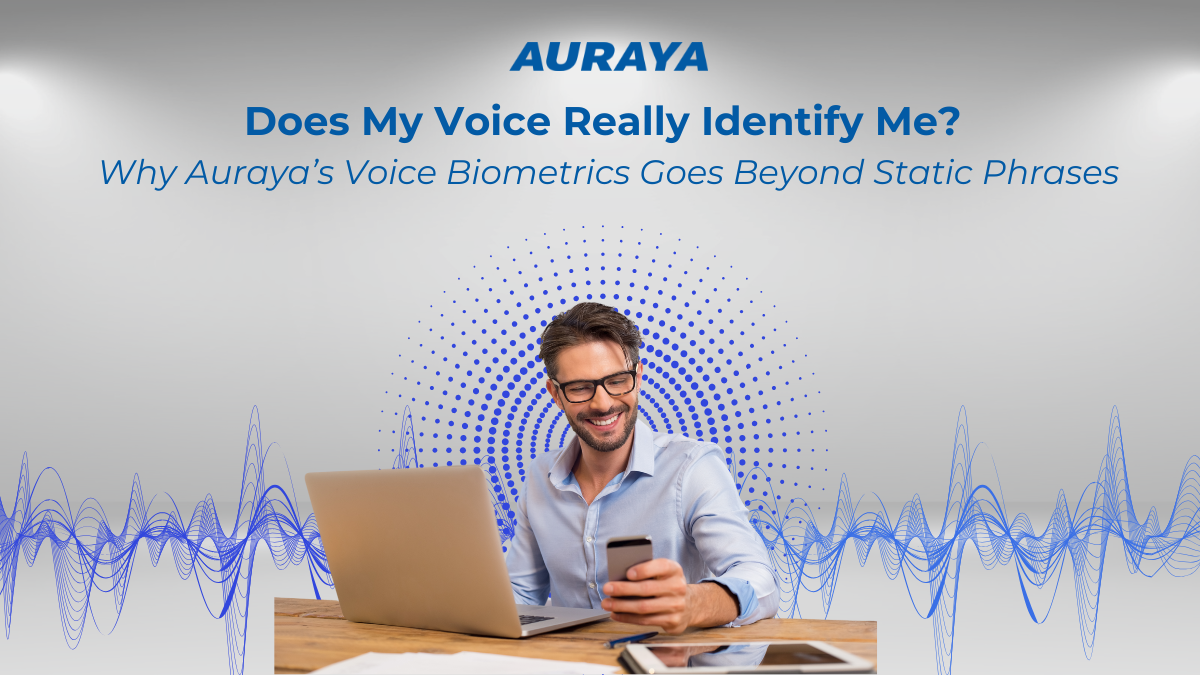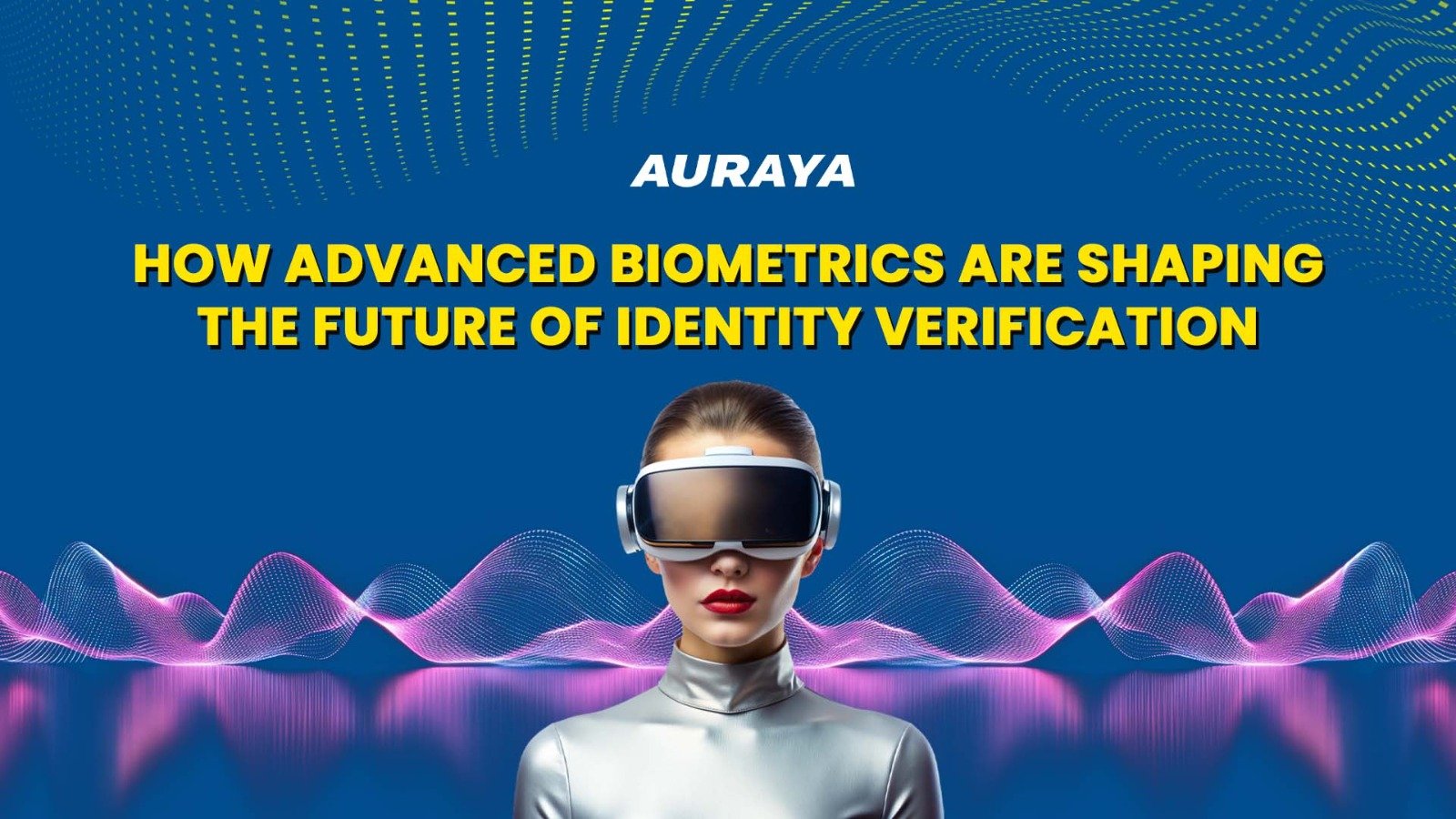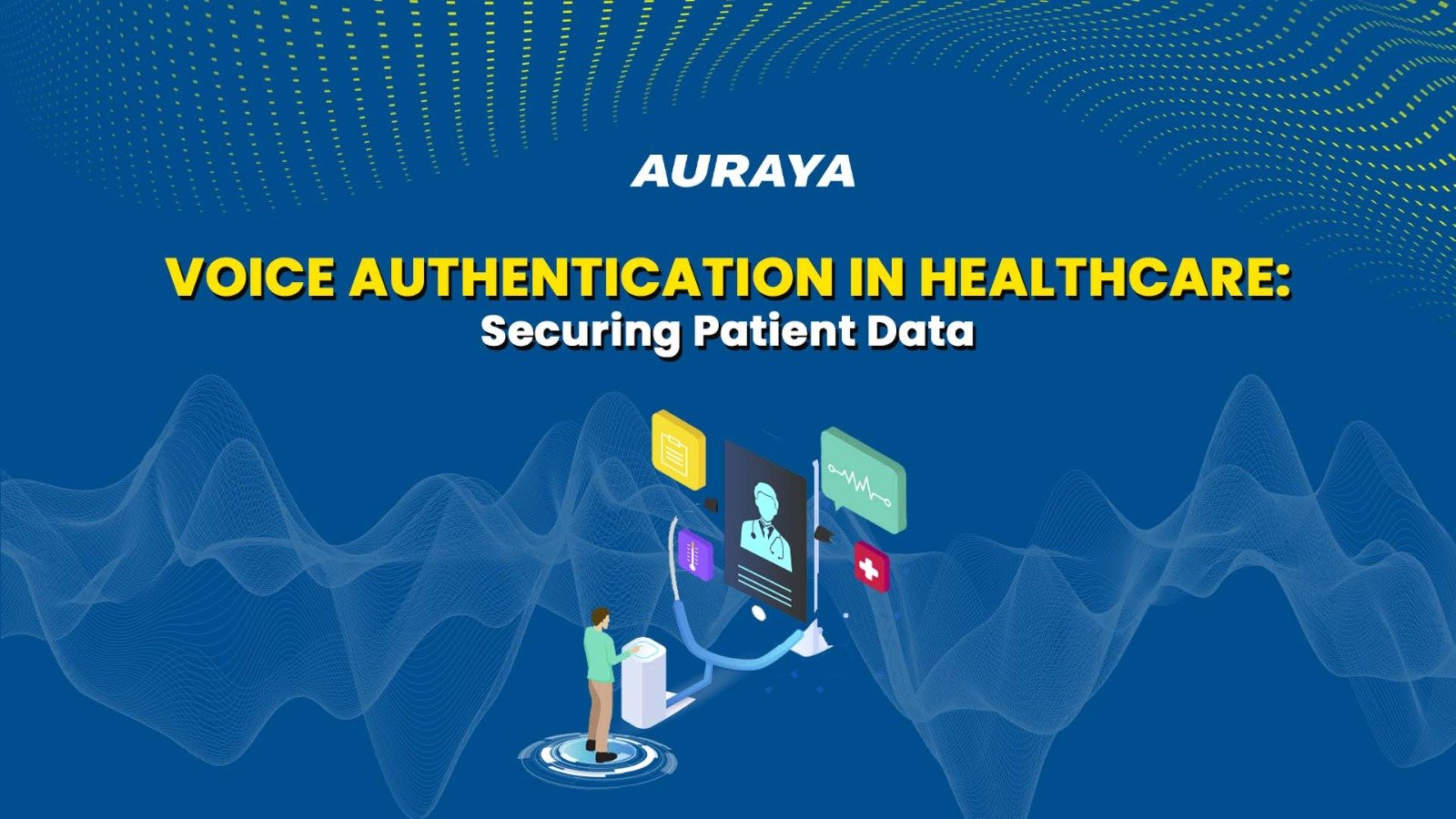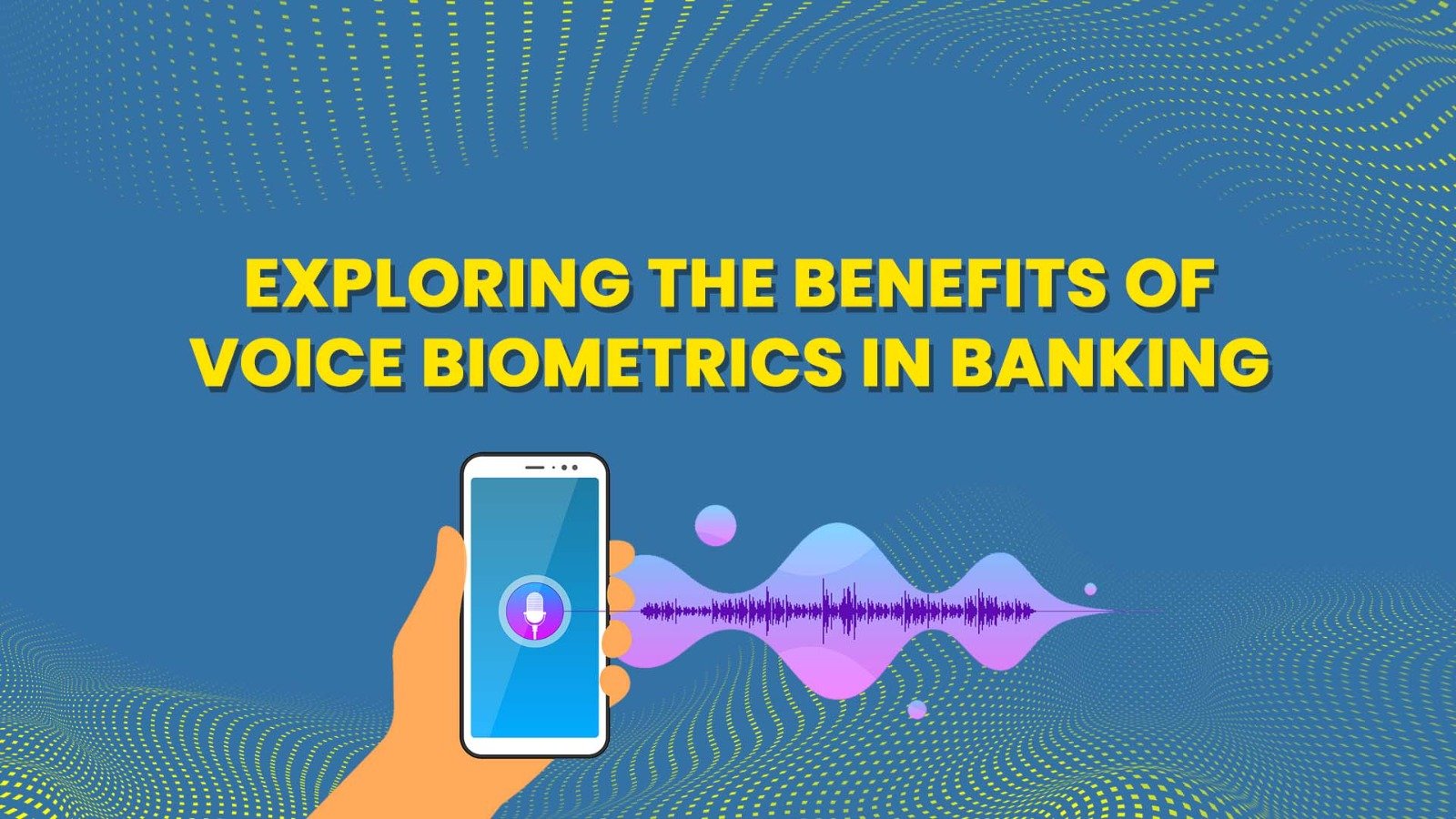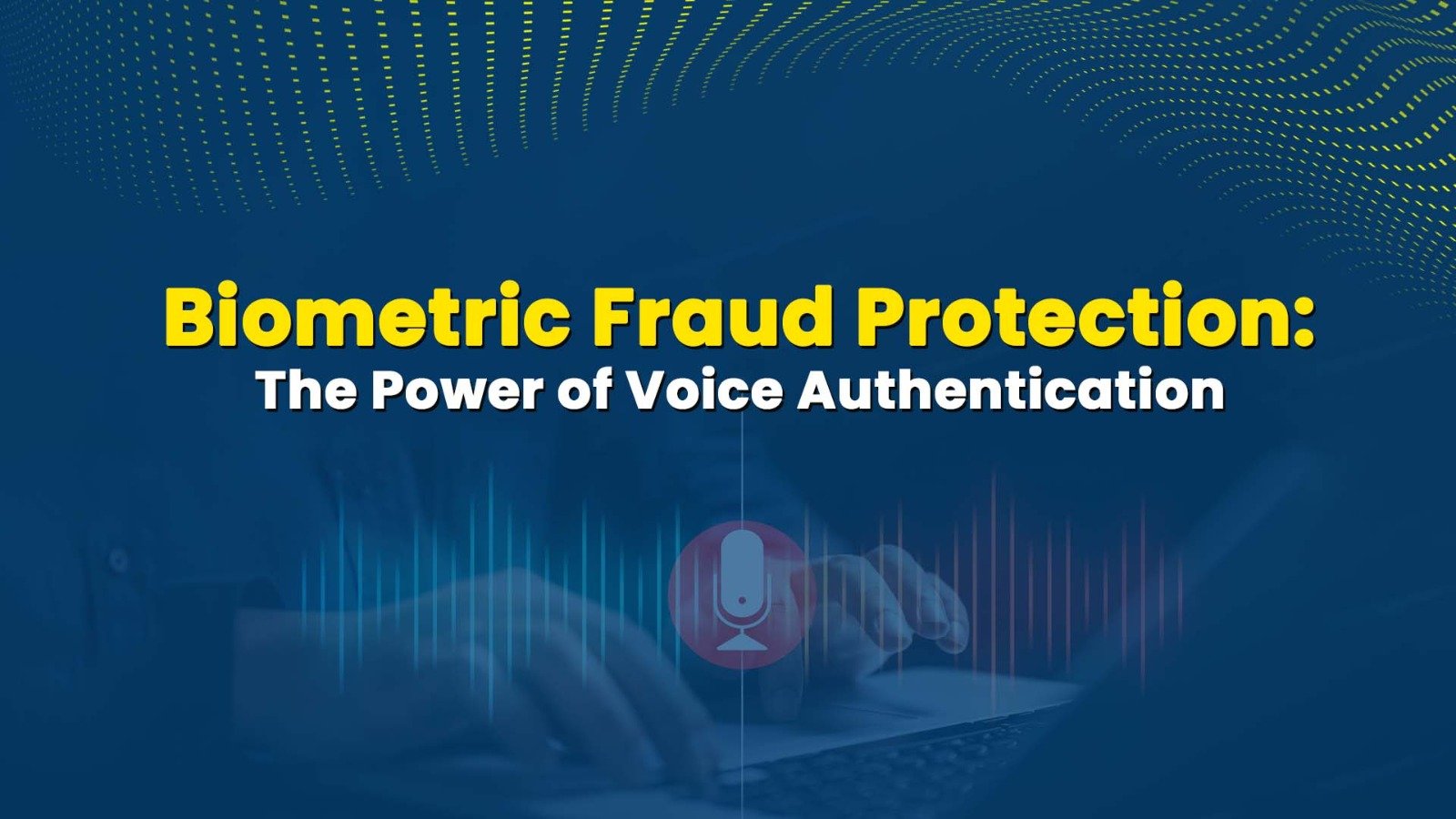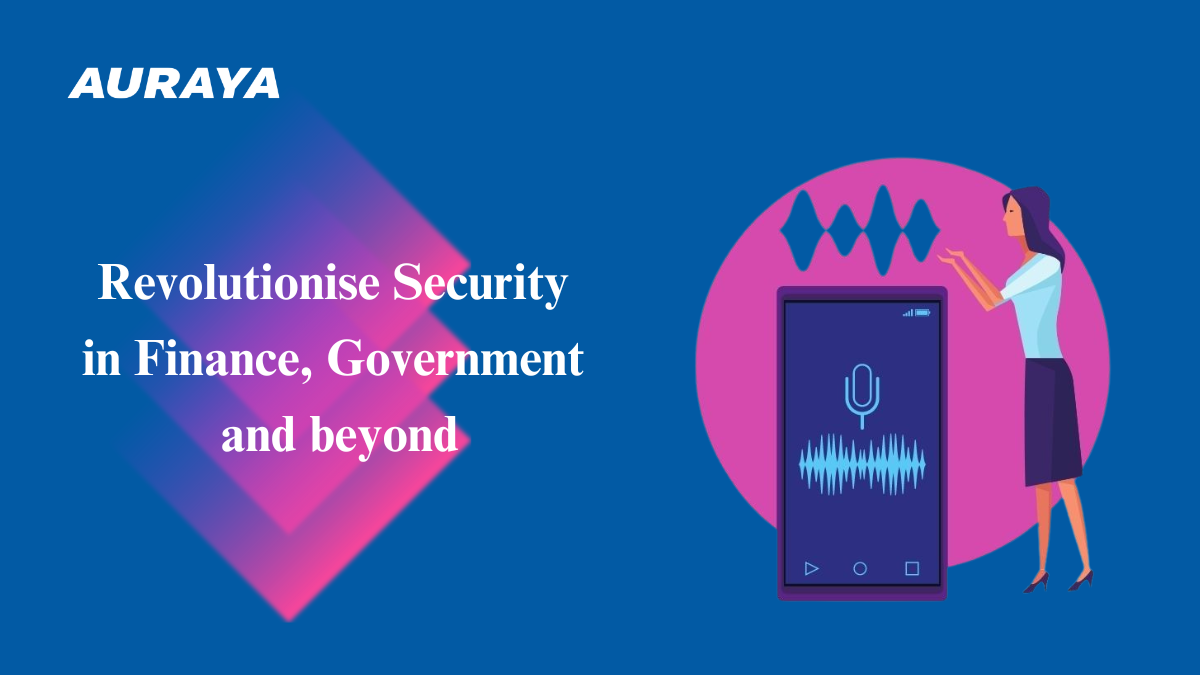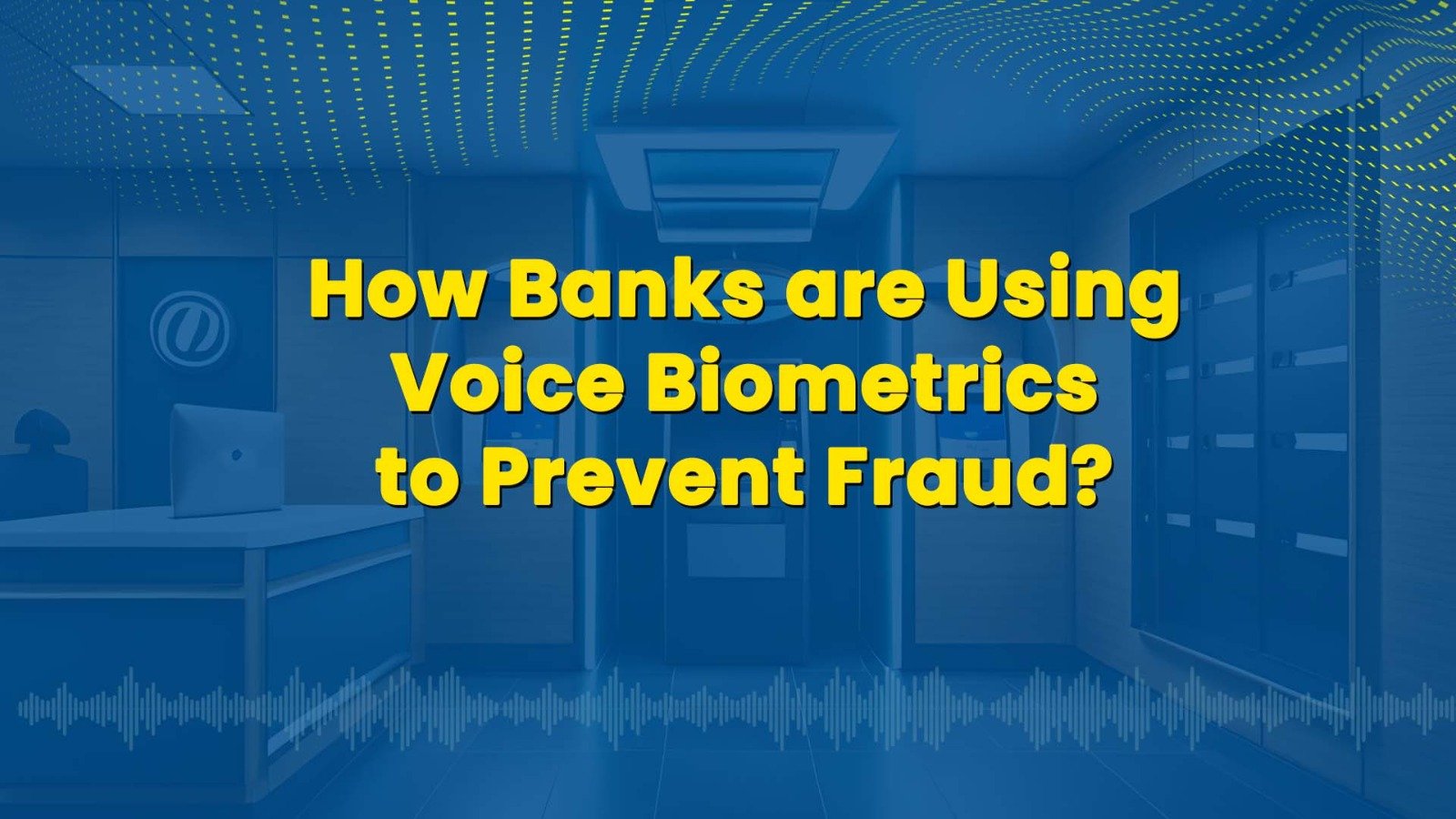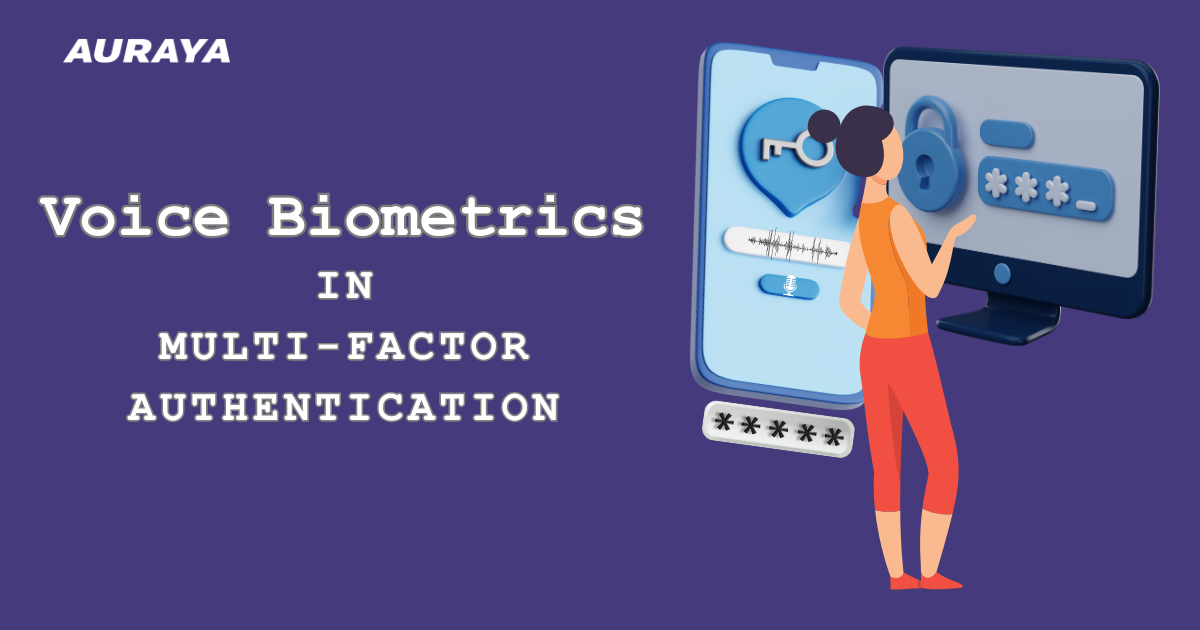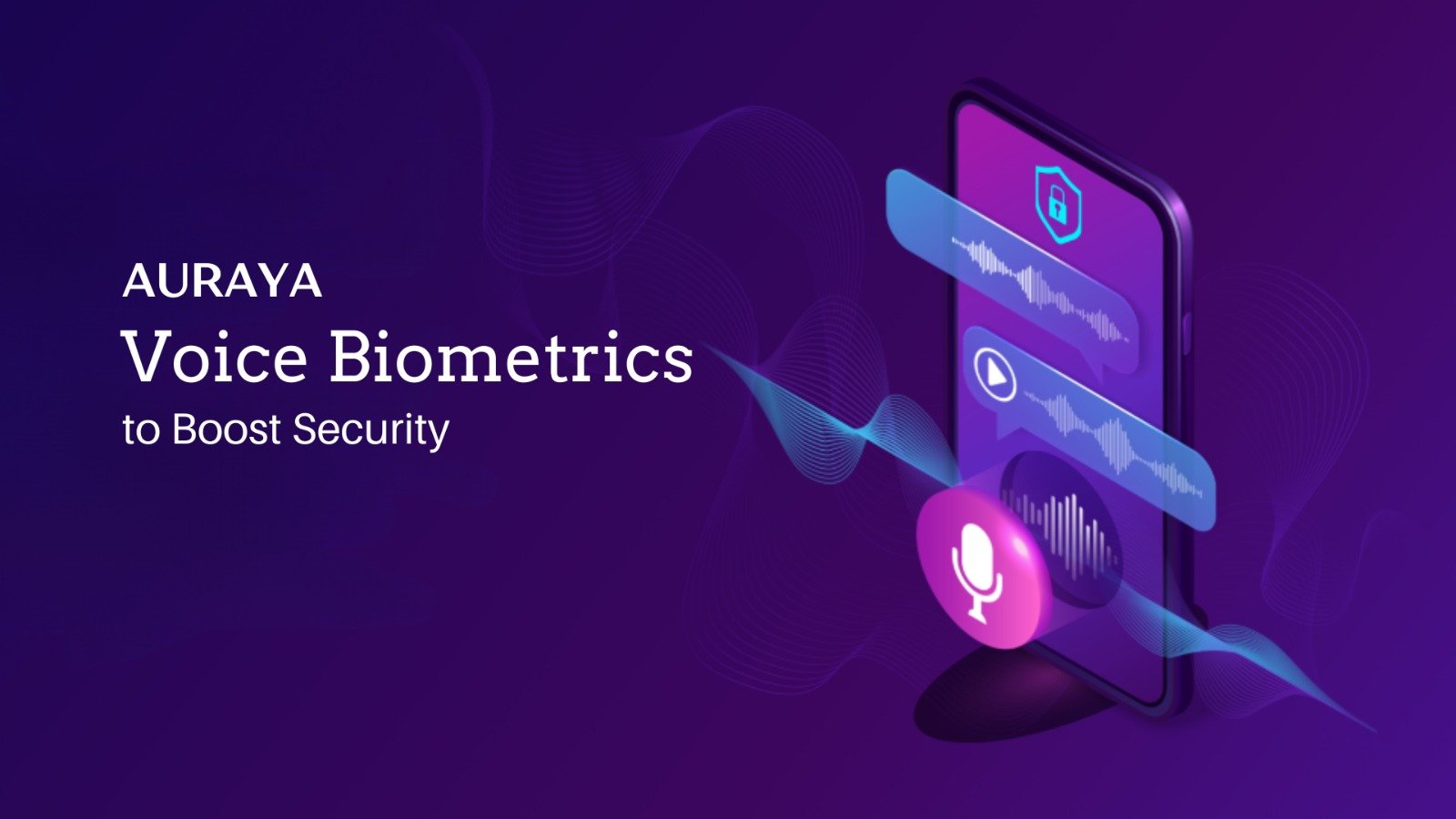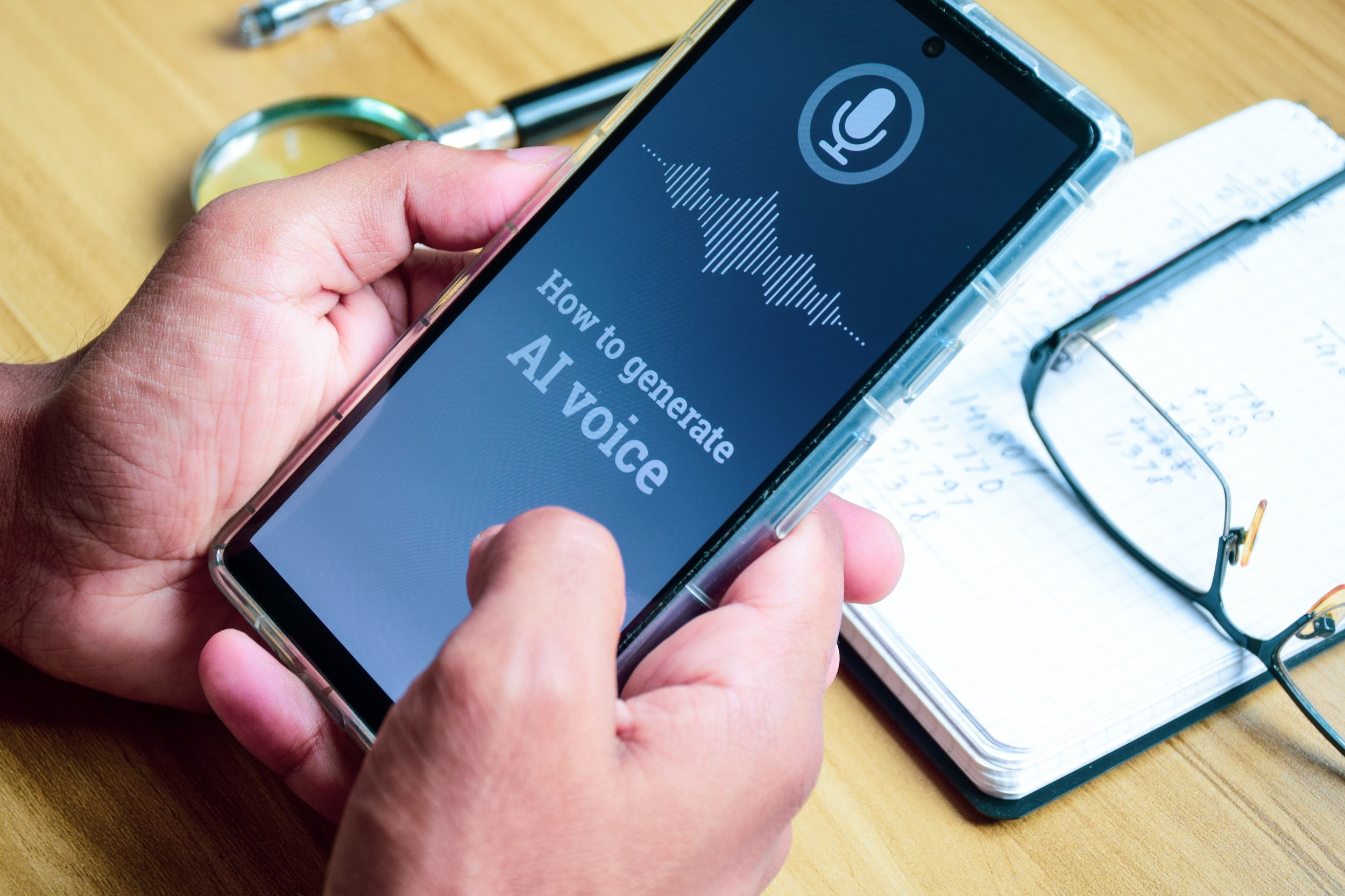Zero UI and Voice Biometrics, Providing A Complete Screenless Experience
User interfaces have evolved throughout history thanks to rapid technological improvements and many other external factors such as behavioral and societal changes. It started with simple hieroglyphs, which evolved to hardware such as typewriters and then into software such as Microsoft Word and Google Docs. Today, we even use our sense of touch and our voice to navigate through touchscreen interfaces such as our smartphones.
Zero UI
Now, with the recent COVID-19 pandemic and the increase in the adoption of technological interfaces in the workplace, organizations are looking more into a Zero UI approach to limit the risk and spread of germs. Zero UI refers to a human-centric approach where users interact and navigate through a screen-less or invisible user interface using their senses and movements such as touch and voice.
Examples of Zero UI already exist today. Voice assistants such as Google Voice, Amazon Echo, and Siri are prime examples of Zero UI as users engage via their voice. They simply say a wake-up phrase, such as “Siri” and “Hey, Google” to initiate the Zero UI experience. From there, users can issue commands or ask questions and the voice assistant will produce the answer or result in the form of audio. This means users do not have to look at their smartphone and smartwatch screens or even press buttons on their car dashboard.
However, there are currently some limitations and potential issues to Zero UI. One main issue is security. Without a visual user interface, users are not able to review things such as if their details are correct, or the item they want to order is the right item. Organizations are also unable to deploy common security methods such as issuing CAPTCHA challenges or re-entering passwords to confirm a transaction. Even if a user attempts to purchase an item through voice commands, they will still need to verify their identity and authorize the transaction through other means such as swapping to their smartphone to prove their identity.
EVA Voice Biometrics
Therefore, to address these issues, organizations can look to Auraya’s EVA Voice Biometrics technology. EVA provides secure and frictionless voice ID&V and fraud detection capabilities on any telephony or digital platform. This means that users can say a phrase such as their phone number or account number and get verified.
The process involves making sure that the user has said the right phrase and that it was said by the right person. This means that a different person can not access or authorize a transaction behind someone else. In a Zero UI interface, this can provide a seamless and secure experience as users do not have to worry about whether they are logged into or are using the correct account. The system can simply detect the voice and identify the person speaking and therefore, complete the transaction or command under the right user’s account.
EVA can also detect synthetically generated voices and issue random phrase challenges to thwart recorded playback attempts. These security features enable organizations to secure their Zero UI interfaces where it may not be possible to integrate the common security methods such as entering PINs and passwords or answering CAPTCHA challenges.
Overall, EVA can help provide the complete Zero UI experience allowing users to completely interact with a screenless interface all through their voice. With EVA, organizations with Zero UI can expand their services such as allowing users to authorize payments or access or change account details. This is because EVA can provide secure interactions as organizations are confident that the user has been verified and the transactions have been authorized successfully by the rightful user.




